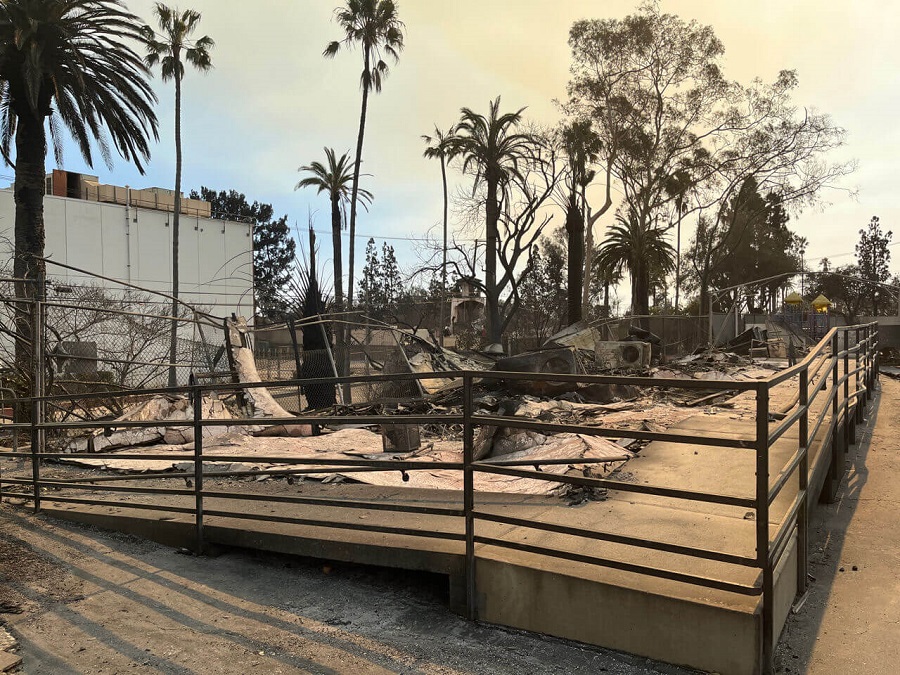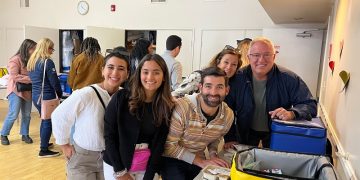Residents Can Submit Samples to Check for Lead and Other Toxins
A new program led by researchers at the University of Southern California (USC) is offering free soil testing to Los Angeles residents affected by recent wildfires. The initiative, known as the Contaminant Level Evaluation & Analysis for Neighborhoods (CLEAN) project, aims to assess whether lead and other toxic contaminants are present in fire-impacted areas.
The program comes in response to concerns that burned structures—many coated with lead-based paint—may have released hazardous materials into the surrounding soil. Despite these risks, federal agencies have opted not to conduct post-fire soil testing, leaving homeowners, businesses, and schools responsible for identifying potential contamination.
“Wildfires leave behind more than just destruction—they can create long-term environmental hazards,” said Josh West, professor of Earth sciences and environmental studies at USC Dornsife. “With agencies skipping post-cleanup soil testing, there’s a lot of uncertainty. Data will be key to protecting public health.”
The CLEAN project, managed by USC Dornsife’s Public Exchange, invites residents from affected areas in Los Angeles County to drop off or mail in soil samples for analysis. Testing is free, with results expected within one to two weeks. Findings will be anonymized and shared through a public database, as well as on an interactive map highlighting contamination levels across impacted neighborhoods.
Preliminary testing conducted in February found that lead concentrations were highest in burn zones in Pacific Palisades and Altadena, though most samples, even in these areas, fell within typical urban levels. In certain locations affected by the Eaton Fire, roadside dust samples exceeded the Environmental Protection Agency’s (EPA) screening threshold of 200 parts per million (ppm) for residential soil, a limit lowered from 400 ppm in 2024. However, nearly all samples would have met the previous standard.
“We were relieved to find that the levels in and around burn zones, while above updated EPA standards, were still within the range found elsewhere in the city,” said Sam Silva, assistant professor of Earth sciences and environmental engineering at USC.
Residents can submit soil samples at designated collection sites in Pacific Palisades, Santa Monica, and Altadena, or send them by mail to USC researchers. Plans are underway to expand the program to test for additional contaminants such as arsenic.
USC researchers emphasize that the CLEAN project provides an initial assessment and does not replace environmental remediation conducted by private firms or state and federal compliance testing.
For more information, go to https://publicexchange.usc.edu/la-wildfire-soil-testing/.












